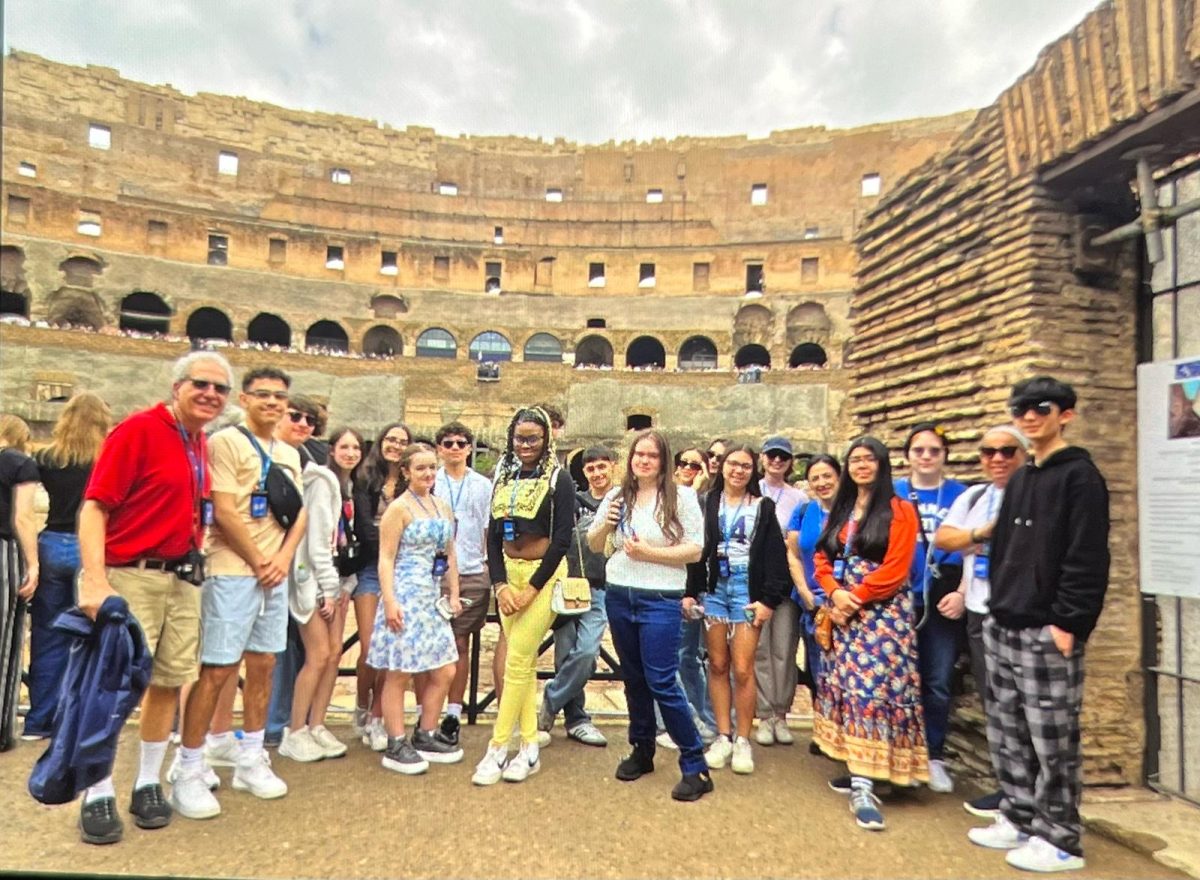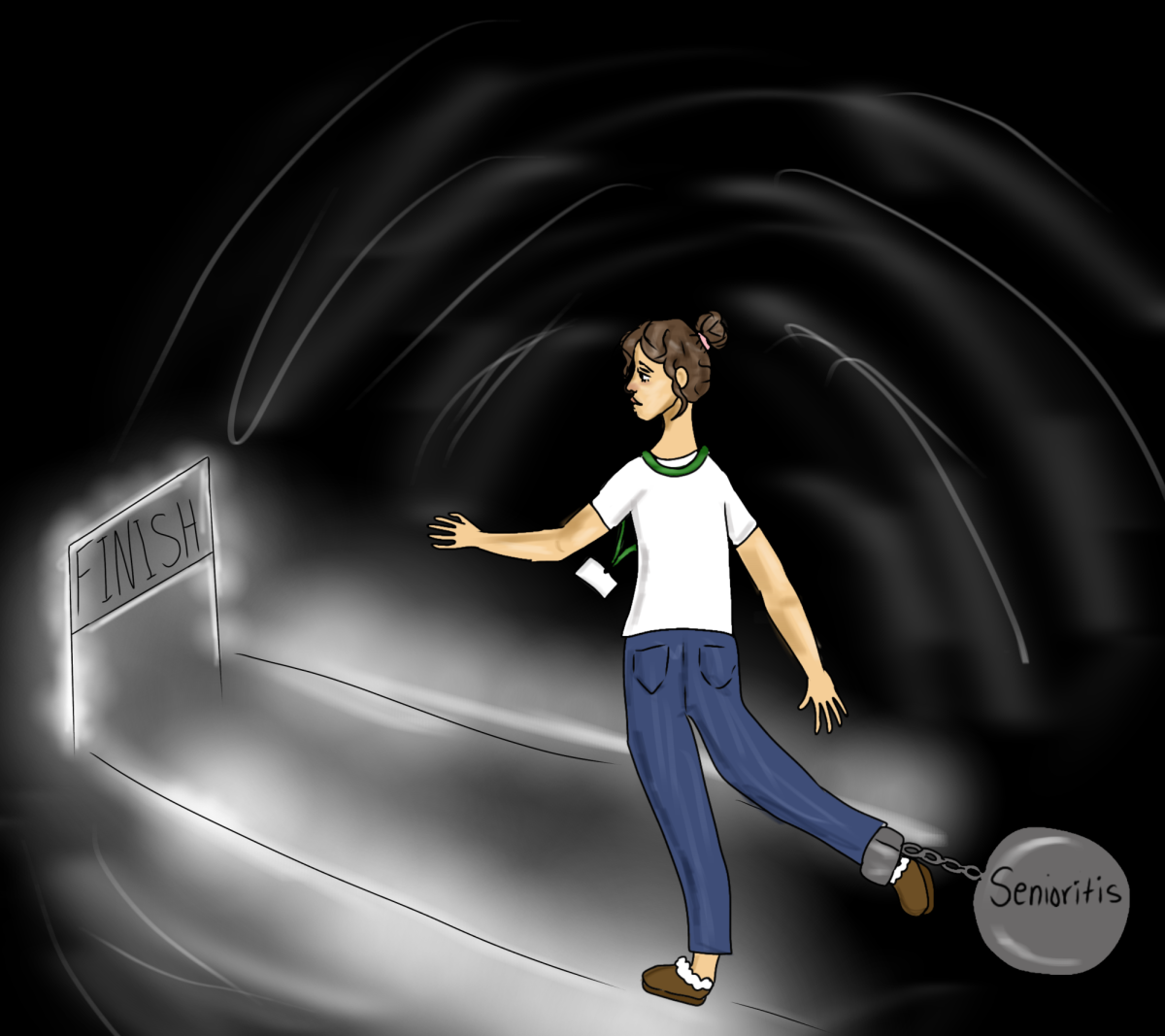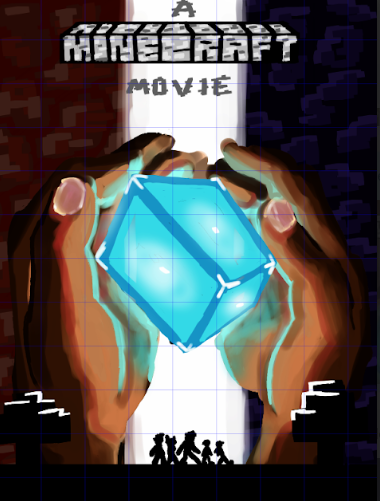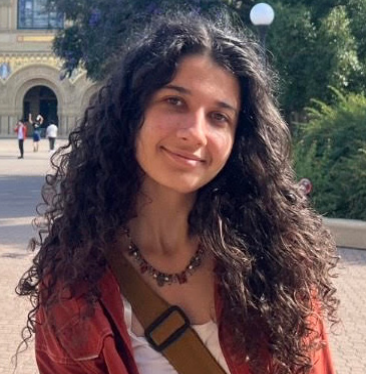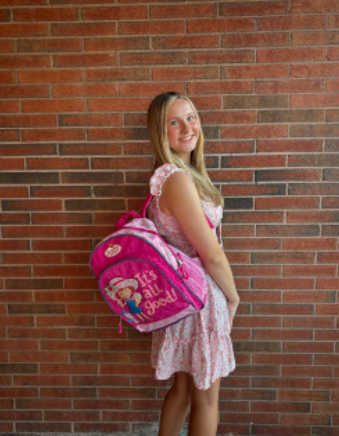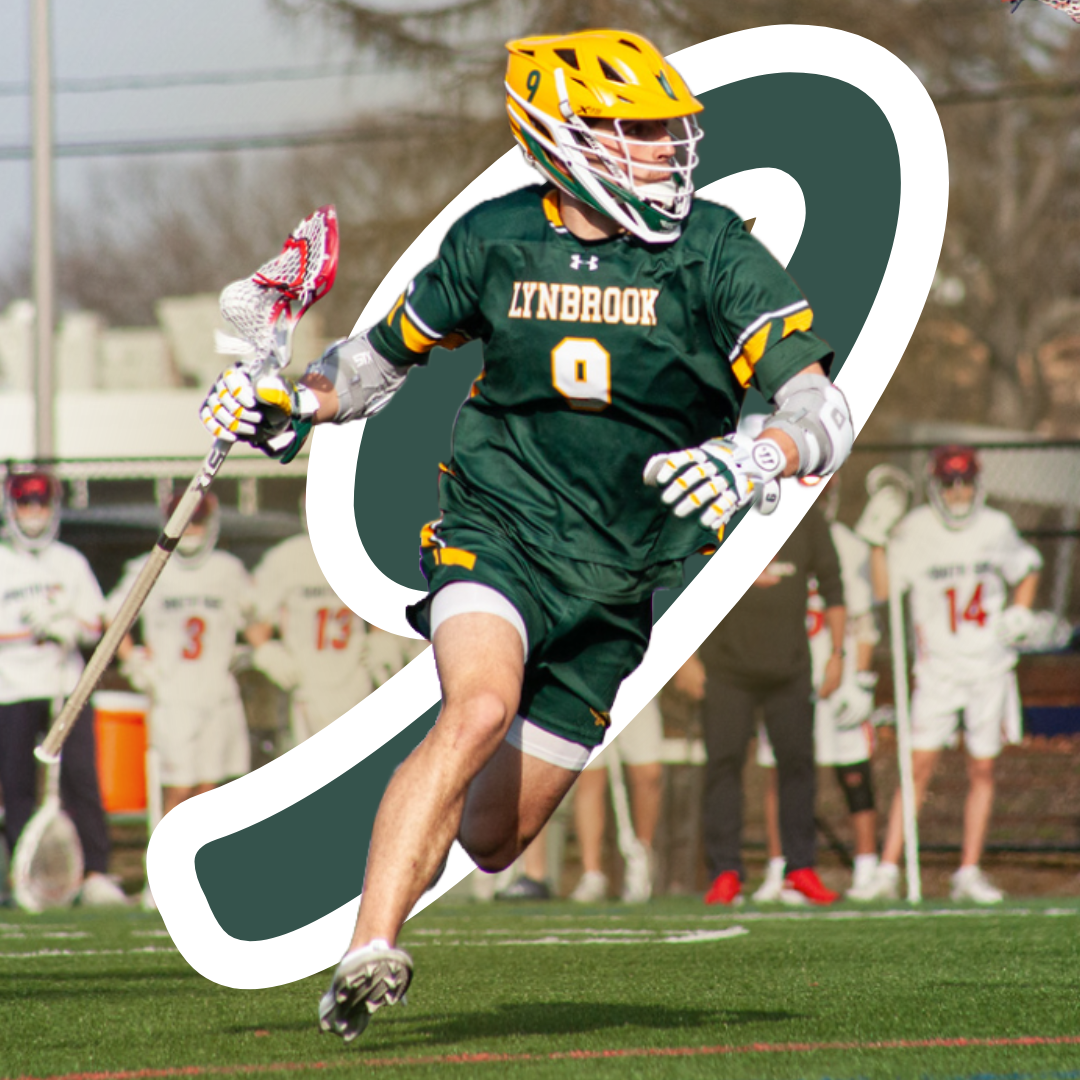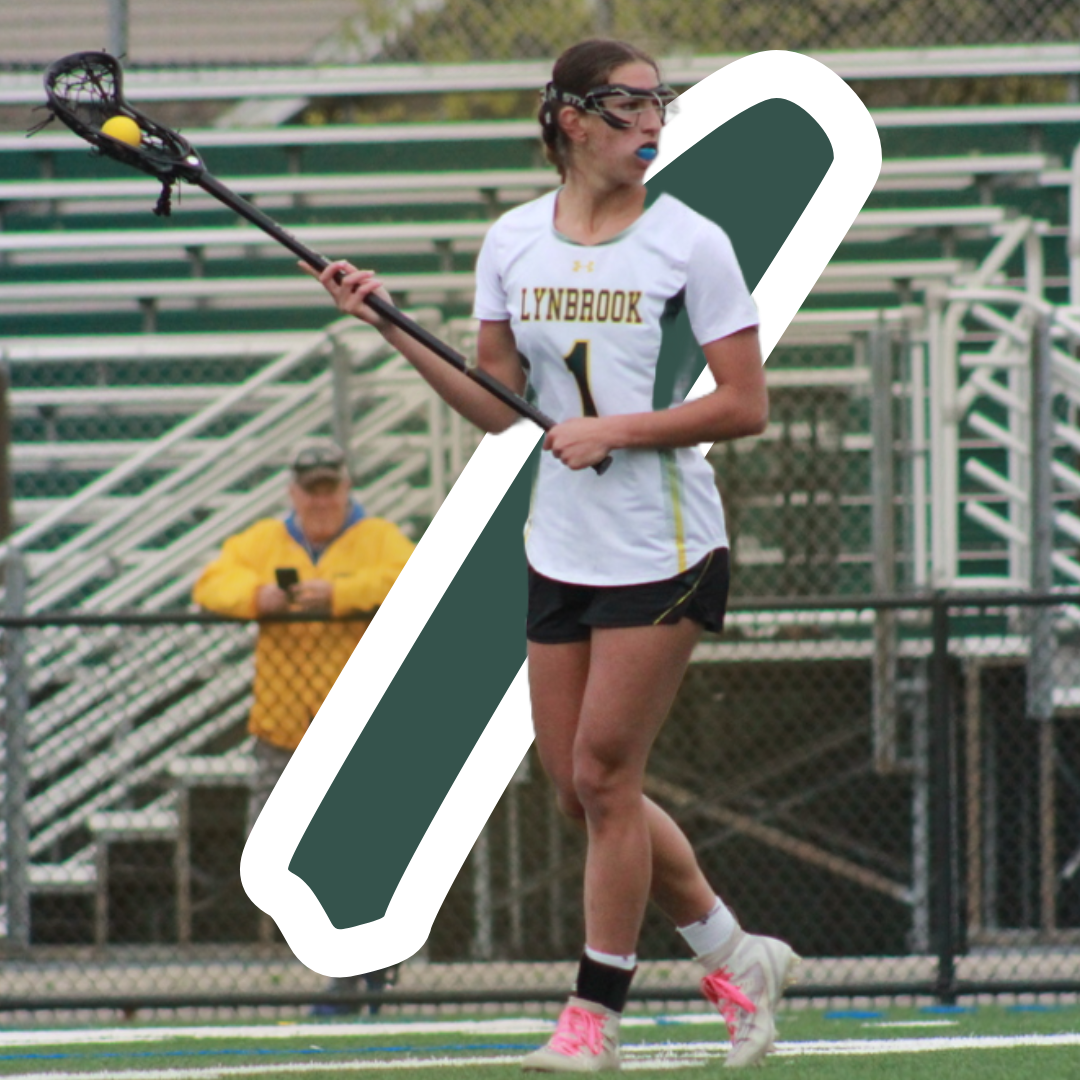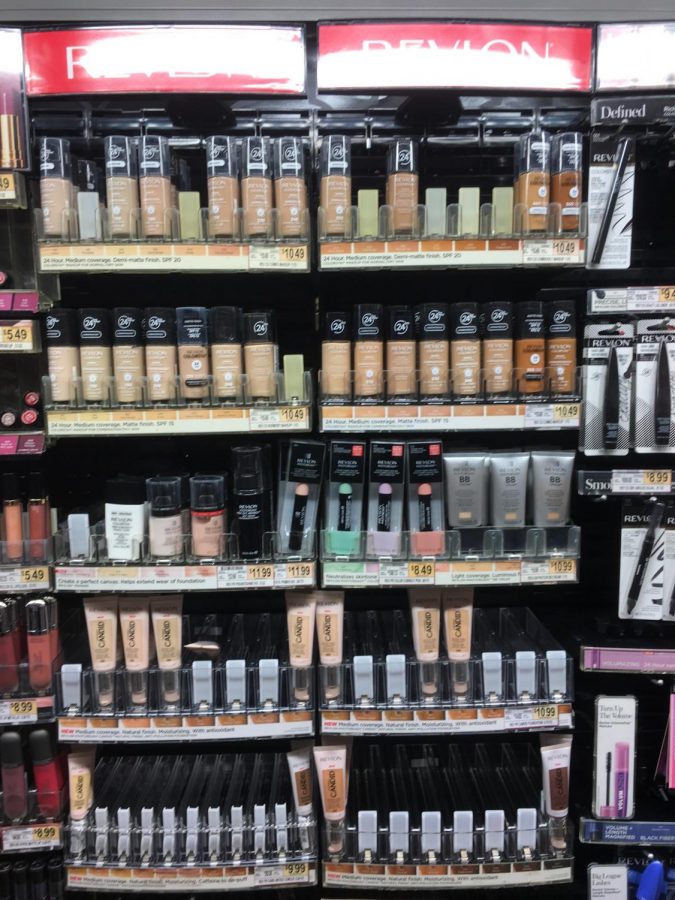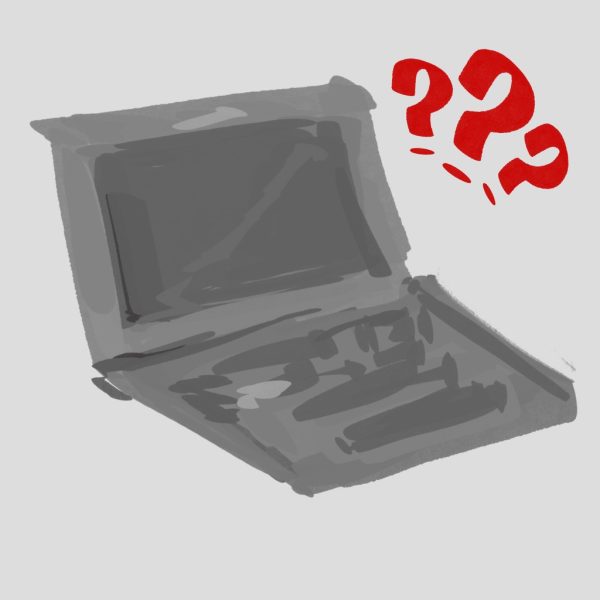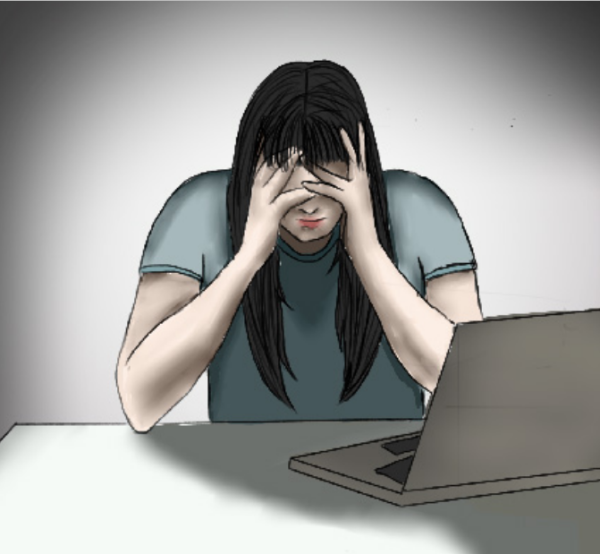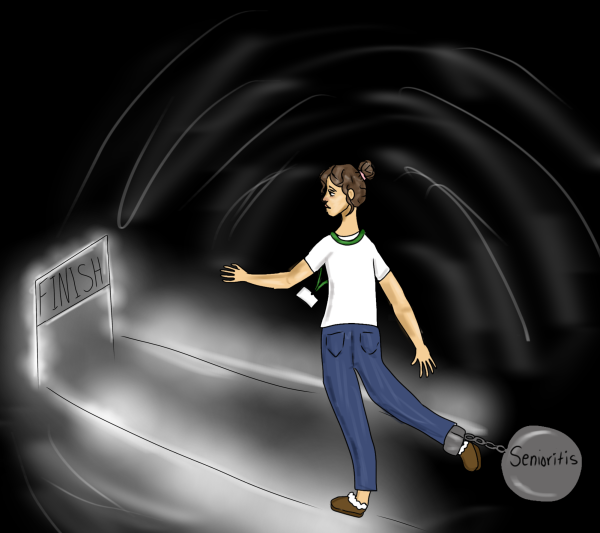Lack of Makeup Diversity
Imagine perusing down the makeup aisle in the drugstore with utter excitement to purchase the new foundation L’Oreal has come out with only to find that there is not a dark enough shade suitable for your skin tone. For an abundance of dark-skinned women and men in America, they have had to call this experience a reality. While there are several brands such as Fenty Beauty, which has 40 different color shades to choose from, most of the makeup brands that offer such an extensive shade range are luxury brands. If they are drugstore brands, however, most of the time, they will not actually be available in stores. So, why is there still a lack of inclusivity in drugstore makeup aisles, especially in a country as diverse as ours?
The issue of makeup inclusivity only became a mainstream topic in about 2017 when Fenty Beauty, a makeup brand owned by singer Rihanna, launched and offered numerous shades of tan, beige, and dark skin colored foundations. Before this, “only a handful of [drugstores] had options for people with deeper skin tones,” states “What Are Drugstores Doing to Factor Inclusivity Into Their Makeup Aisles,” from Allure magazine. Now that more drugstore brands are offering makeup for darker skin tones, one would think the problem would be solved; however, it is not that simple. “When brands come out with 30, 40-shade foundation ranges, the customer may not know they exist because it’s not in store,” reports Kristina Rodulfo from Elle magazine. “So, they’re forced to go online and make guesses, which isn’t a great experience,” added Rodulfo.
Some may say that drugstores cater to the population in the area they are mostly inhabited by; however, this is false because going to Rite Aids and Duane Reades in neighborhoods populated by people of tan and brown skin tones yields the same results. “I think it’s harder [to find darker shade ranges] probably because makeup companies probably just cater to their race,” comments Samaiyah Landrum, sophomore. With that said, according to Newsok, a 2007 study shows that “Black women are the least likely to use makeup and skin products…That may be because they probably have the hardest time matching these products to their skin color and treatment needs.” According to Insider magazine, there is a usually a 13:2 ratio, which means that there are typically 13 skin tone products for people of lighter skin shades, and two for darker people. In fact, makeup brand Tarte suffered major backlash in early 2018 when it released a new foundation of 15 shades. Twelve of those shades were made for “porcelain,” “light neutral,” “light sand,” “light medium,” and “fair beige” complexions, while only three were suitable for darker skin tones.
Now, the problem does not end with drugstore foundations; rather, it just begins. The problem is not only with foundations but with a number of other products such as concealers, highlighters, eyeshadows, etc. According to Elle, “It’s unfortunate that… I still struggle finding my shade… It’s not only about dark shades…I need [makeup brands] to focus on undertones.” Undertones are important because they are the divider between a foundation, or any makeup product, matching one’s skin tone or not. “Not every tone is the same,” comments Kim Tejada, sophomore. “For example, there is medium, dark, and deep dark, and it takes a lot of time to actually get the right shade,” she continues.
This is not only a problem with makeup, but with the lack of representation in the world of makeup. “They basically are showing how light skin women are more traditionally beautiful than dark skin women,” says Tejada. Amy Toor, junior, adds, “Usually in makeup campaigns, there are white women representing the product, which gives off the wrong message.” Fortunately, the level of inclusivity has improved; however, there is still a long road ahead. The beauty industry’s exclusion of minorities and people of darker skin tones is one that is long overdue for rectifying.
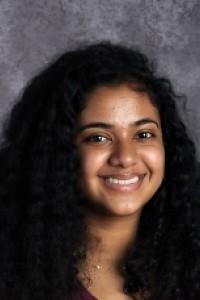
I am part of the Class of 2021 at LHS. I am in Key Club. I have a dog named Bandit, and I went to elementary and middle school in Queens.





